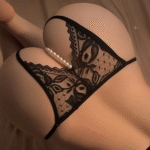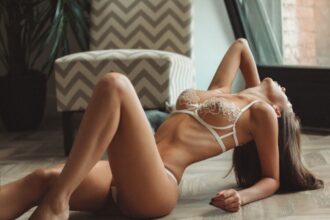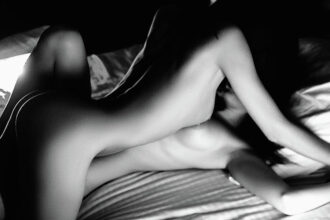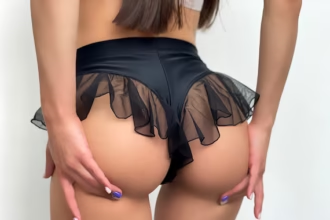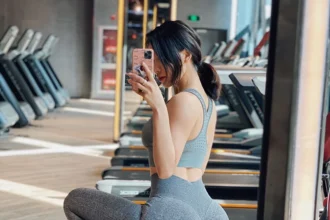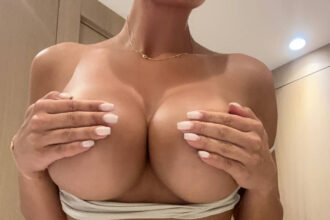Fashion has always been about more than just clothing—it’s a form of expression, a statement of identity, and, for many, a tool to captivate attention. One debate that frequently arises in style circles is the question of what tends to be perceived as more attractive: a tight skirt or a dress. While the answer may seem subjective, a closer look at psychology, aesthetics, and cultural trends provides some fascinating insights.
The Psychology of Clothing and Attraction
Clothing can signal a variety of traits, from confidence and professionalism to sensuality and approachability. Tight skirts and dresses offer different cues:
- Tight Skirts: A fitted skirt accentuates the natural curves of the body, particularly the waist-to-hip ratio, which research suggests is an important factor in perceived attractiveness. Skirts also create movement and silhouette contrast, which can draw attention to the lower half of the body.
- Dresses: Dresses provide a holistic view, allowing for a combination of fit, flow, and color to influence perception. They can range from body-hugging to flowing, offering versatility in how they accentuate form. The dress also signals elegance and completeness, often appealing to observers seeking a more classic or refined impression.
Cultural and Contextual Factors
What is considered attractive depends heavily on cultural context and the situation:
- Professional Settings: A dress or skirt that balances form and modesty is often preferred. Skirts can project confidence and sophistication when paired with appropriate tops and jackets.
- Social or Evening Events: Tight skirts or bodycon dresses often make a bolder statement, emphasizing form and silhouette, which can be perceived as more alluring in social contexts.
- Season and Trends: Seasonal trends, fabric textures, and styling choices can also shift perceptions. For example, flowing dresses are often associated with spring and summer femininity, while tailored skirts may convey power and structure in the workplace.
Scientific and Aesthetic Perspectives
From an evolutionary psychology standpoint, clothing that accentuates certain proportions—like a defined waist, or the balance between hips and shoulders—tends to draw more attention. Tight skirts often do this effectively, highlighting lower-body curves, while dresses can achieve similar effects with strategic tailoring or cutouts.
Color, pattern, and movement also play crucial roles. A red dress or skirt can increase attention due to associations with passion and energy, while patterns can either enhance or distract from perceived body shape.
Individual Preference and Confidence
Ultimately, attractiveness is not dictated solely by garment type—it is amplified by confidence and personal comfort. Someone wearing a tight skirt with poise may project more allure than someone in a dress who feels self-conscious, and vice versa. Clothing serves as a canvas for personality, attitude, and presence, often outweighing the garment itself.
Fashion Flexibility: The Hybrid Approach
Modern fashion often blurs the line between skirts and dresses. Bodycon dresses, high-waisted skirts paired with fitted tops, and wrap styles all merge the benefits of both approaches: emphasizing curves while maintaining flow and elegance. This flexibility allows individuals to select styles that align with their personal brand and situational needs.
Conclusion
So, what is more attractive—a tight skirt or a dress? The answer is nuanced. Tight skirts excel in highlighting specific body proportions, while dresses offer versatility and a sense of completeness. Context, culture, confidence, and personal style ultimately determine which garment captivates attention.
In the end, fashion’s most powerful tool isn’t just the clothing—it’s how the wearer carries themselves, transforming any skirt or dress into an expression of allure and individuality.



